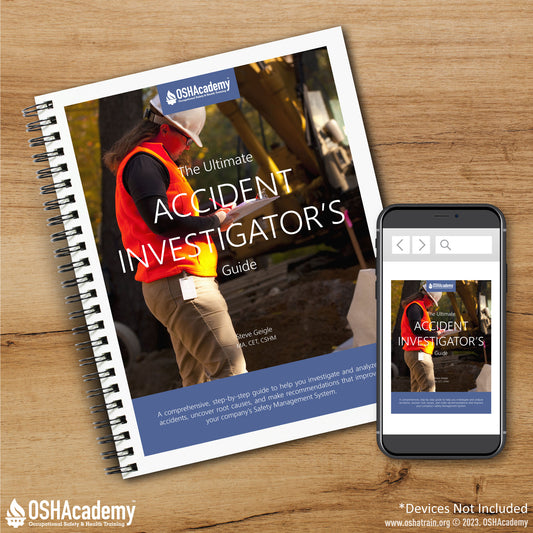
Scaffolding Safety: Why It Remains One of OSHA’s Most Frequently Cited Standards
Share
By Abbie Geigle
It’s a clear morning on a busy construction site. Crews are moving quickly, trying to stay ahead of schedule. A worker climbs a scaffold to secure a section of siding—but as he steps out, one of the planks shifts slightly under his weight. It’s a small wobble, easily corrected, but it’s also a warning sign that something isn’t right.
Moments like this happen every day across construction sites, and while they may seem minor, they can lead to serious accidents if ignored. According to OSHA Standard 1926.451, there were 1,905 total scaffolding violations this year—making it one of the most frequently cited workplace safety issues in the United States.
Industries Most Affected
The industries most frequently cited for scaffolding violations include:
- Masonry
- Roofing
- Framing
- Siding
These fields rely heavily on scaffolds to reach elevated work areas. Unfortunately, many job sites still lack the proper setup, inspection, or training required to ensure worker safety.
Common Scaffolding Safety Violations
The leading causes of scaffolding violations stem from unsafe practices such as:
- Improper scaffold construction and missing guardrails
- Lack of fall protection or safe access points
- Unstable or overloaded scaffolds that exceed capacity
- Insufficient employee training on scaffold setup and inspection
These violations don’t just risk serious injury—they also result in hefty OSHA fines, lost productivity, and potential liability for employers.
Understanding OSHA Standard 1926.451
The OSHA scaffolding standard (29 CFR 1926.451) outlines specific requirements for scaffold design, construction, use, and inspection. Employers must ensure scaffolds are erected and dismantled under the supervision of a competent person and that all components meet load-bearing and stability requirements.
According to recent data, scaffolding violations had just two fewer citations than the previous category, suggesting that rankings could shift by year’s end—a clear reminder of how prevalent these hazards remain across U.S. construction sites.
The Importance of Scaffold Safety Training
To reduce the risk of violations and protect workers, comprehensive scaffold safety training is essential. Understanding how to correctly assemble, inspect, and use scaffolds saves lives and keeps businesses compliant with OSHA regulations.
That’s why OSHAcademy’s course 604: Scaffold Safety is an invaluable resource. This online training program covers:
- Types of scaffolds and their design requirements
- Fall protection and guardrail systems
- Proper assembly, use, and dismantling procedures
- Scaffold inspection techniques and hazard recognition
Whether you’re a construction worker, site supervisor, or safety coordinator, this course provides the knowledge needed to create safer job sites and prevent costly OSHA citations.
Building Safer Habits, One Step at a Time
Every scaffold tells a story—of the workers who build it, the job it supports, and the precautions taken to make sure everyone goes home safely. Small steps, like a daily inspection or a quick review of safety procedures, can make the difference between a close call and a tragedy.
Training isn’t just about compliance—it’s about confidence. When workers understand the “why” behind OSHA’s requirements, safety stops being a rulebook and becomes part of the culture.



